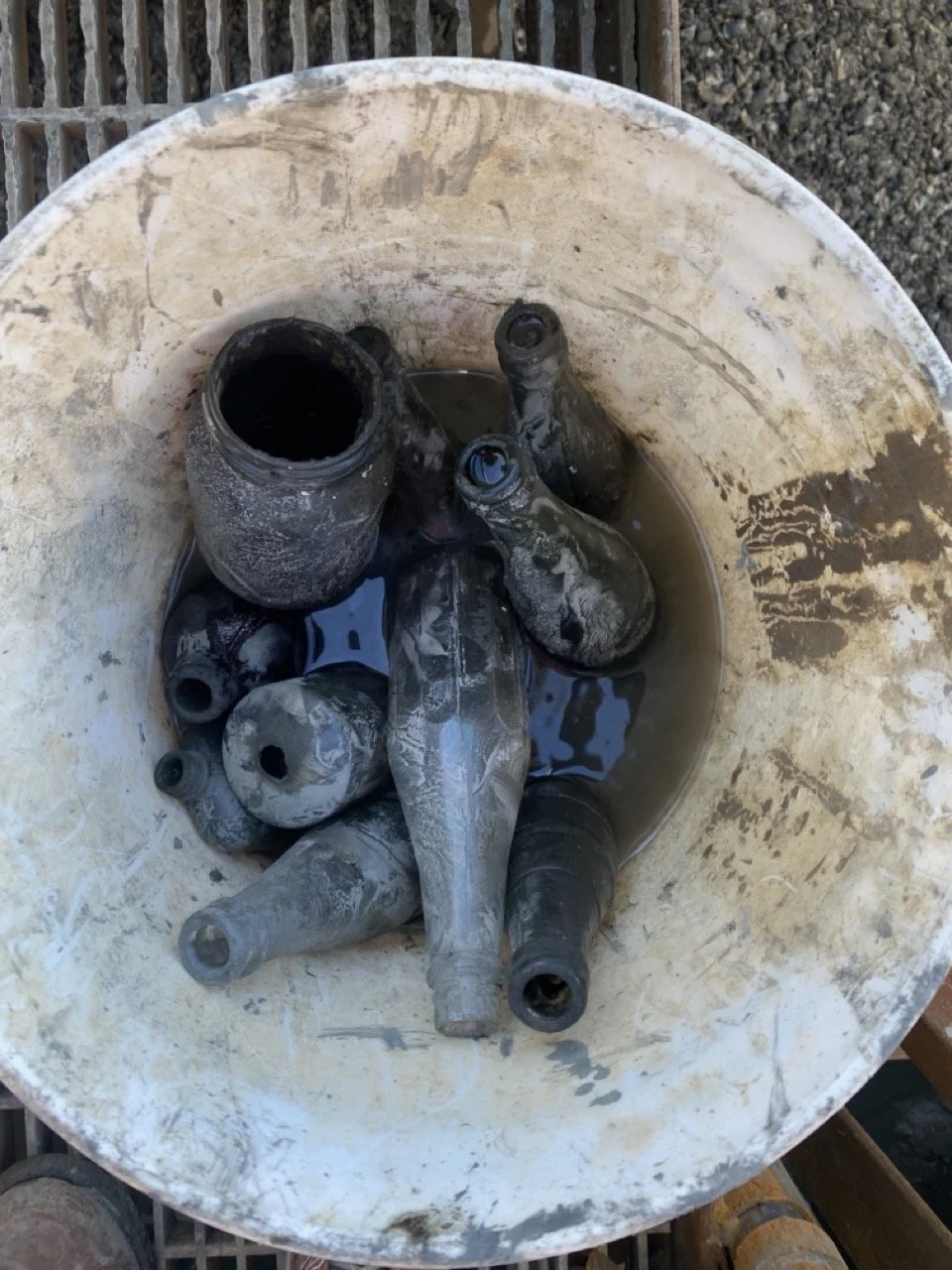
Responsible, convenient disposal of city vactor and sweeping materials.
GRT offers cities and communities an effective, traceable solution for challenging municipal slurries and sludges.
Street and construction wastewater poses challenges for communities.
With an absence of good disposal options for vactor and sweeping trucks, finding safe and responsible disposal options for material without mixing waste is challenging. GRT offers municipalities simple and conscientious solutions for slurry waste.
Above and beyond compliance for sweeping and vactor disposal.
Convenient locations - We set up collection bins in areas that are easily accessible, including directly at your site.
Chain of custody transfer - Material is treated and recycled when possible, or disposed of in a permitted facility.
GHG and cost reduction - Trucks travel less distance while disposing of materials safely and responsibly.

De-risk your sweeping disposal
Street sweepings present unique challenges to cities, mainly due to the variability of input material which makes analysis difficult. Seasonal fluctuations including leaf content along with the potential for highly contaminated material (heavy metals, hydrocarbons, litter) further complicates the safe disposal process. As a wet mixture, any transport of this material is difficult, and risks leaching material out during transit. GRT’s collection bins can be deployed at convenient urban sites, making it easy for your trucks to deposit sweeper waste safely and affordably.
Accurate assessment of hydrovac content quality is a gamble, at best.
When it comes to land development, uncertainty of the material that’s excavated—or the quantity of water required—is high. So from one vactor truck to the next, it’s impossible to really know what’s in the load. The complex and often uncertain nature of the material makes dewatering even more of a challenge. We can dewater hydrovac loads before transporting materials for safe recycling or disposal by setting up small receiving sites in your municipality. The remaining water can then be treated to remove contaminants and reused.







